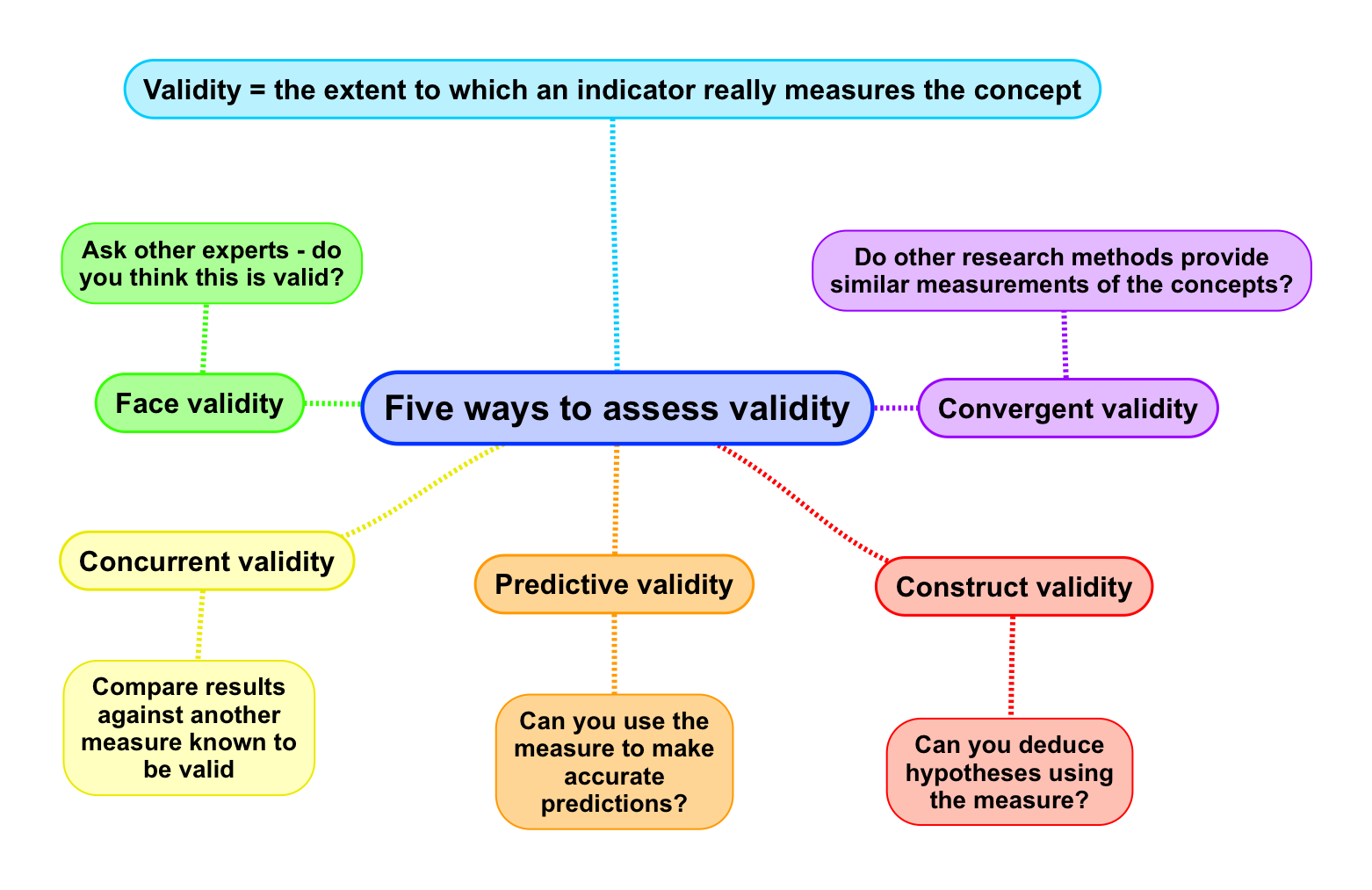

Findings must be reported accurately and fully. Confidentiality concerning subject identification is necessary. The final state in psychological research is communicating or reporting the findings. Alterations to findings such as trimming the mean must follow the guidelines for such practices.

Researchers must allow the findings to speak for themselves. The validity and reliability of findings will depend upon the use of the appropriate statistical measures. The type of research will dictate the type of statistics that will be required to interpret findings. Ethical practices are critical in the management of findings. A critical part of achieving reliability with the study’s findings is to follow the established protocol in gathering, managing, and reporting findings. The methods used in conducting the experiment need to be clearly defined and followed by researchers. For example, what are the sampling procedures? How will confidentiality be maintained? What instruments will be used and why? Why is this study important? The rationale will include the need to define terms used in the study and explain how validity and reliability concerns will be addressed. Experimental – Studies examining possible cause and effect relationships that occur after manipulating variables.Īnother important part of study design is explaining the rationale for the study. Correlational – Studies examining and measuring the potential relationships that exist between two pre-existing variables. What would be the best type of research to conduct in order to discover what the researcher wants to know? Psychological research falls under three main types.ĭescriptive – Studies emphasizing observations, case studies, and describing phenomena. The second step in psychological research is to design the experiment. This type of research typically requires a hypothesis predicting an effect between variables and a null hypothesis predicting no effect between variables. Psychological research often includes correlations between pre-existing variables or by manipulating variables. Psychological research may require a simple predictive hypothesis based on the findings of descriptive studies such as surveys or interviews. A hypothesis is a statement predicting the outcome of the study. The second step in study design is to base the study on a clearly defined theory and hypothesis. What does the researcher want to know? Is the goal to describe a phenomenon or to explore possible relationships between variables? The first step in psychological research is to define the problem. Identify the Problem and Formulate a Hypothesis Identify the problem and formulate a hypothesis Design an experiment Perform the experiment Interpret findings Communicate findings The steps in the scientific method in psychological research include:

The scientific method introduces confidence in the validity and reliability of studies. Reliability is the likelihood that findings will be replicated in future studies. Validity means the study actually measures what it purports to measure. The terms often used for credibility are validity and reliability. The goal with psychological research is to produce findings that have credibility in the scientific community. The scientific method is an essential component in conducting psychological research.


 0 kommentar(er)
0 kommentar(er)
